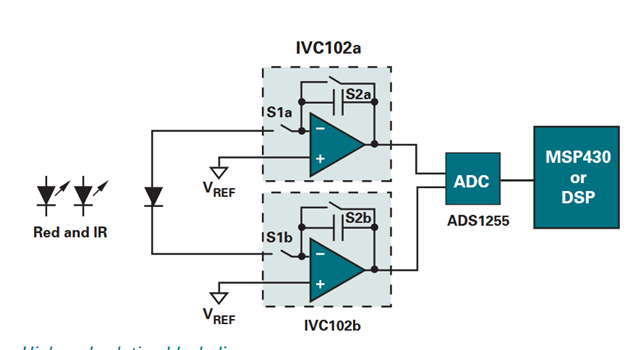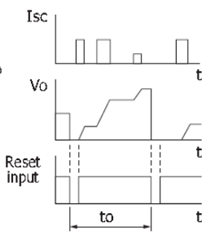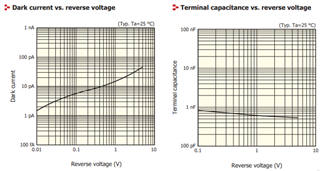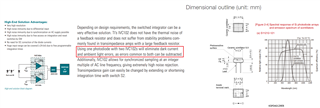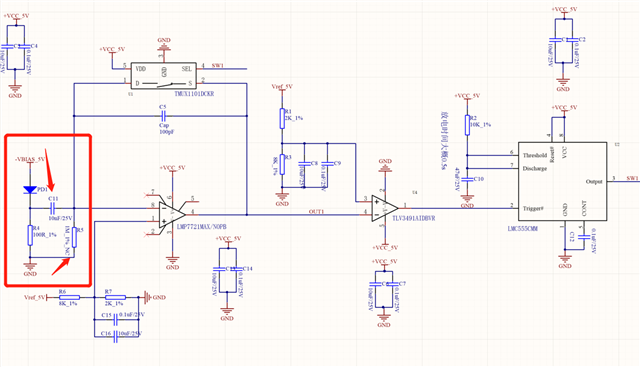Other Parts Discussed in Thread: IVC102, LMP7721, OPA328, OPA928, OPA3S328, OPA320, STRIKE
Hi
Using your op amp LMP7707 to build an integral circuit to integrate the photodiode output current signal, PD is a photovoltaic mode zero-bias connection, the op amp power rail uses ±3V, the integration capacitor temporarily uses 10pF, Vo=Id×t/C, the basic principle is shown below:
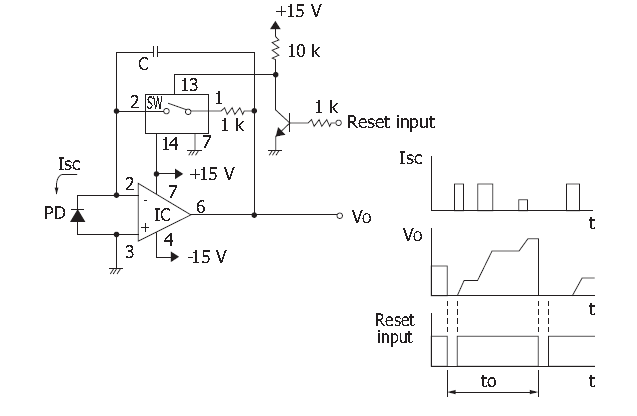
but now there is a problem, that is, in the case of photodiode shading, the integrator output quickly negative saturation, reaching the negative voltage rail, should be the dark current of the photodiode and the bias current of the op amp to charge the integral capacitor, the test is not connected to the photodiode, the op amp reverse input end is open, about 18s to the negative power rail, the calculation bias current is about 1pA:
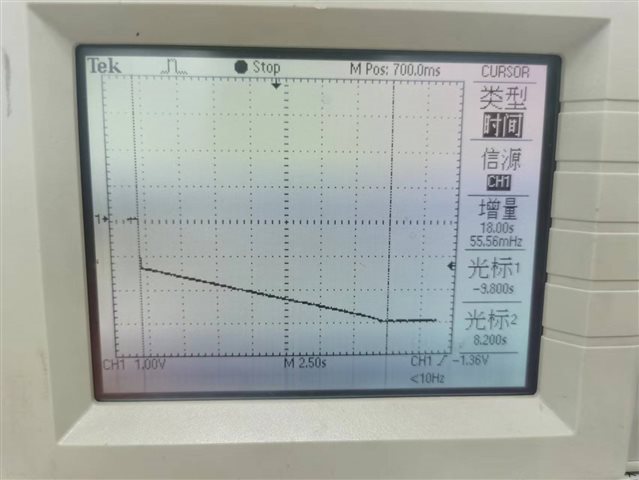
After connecting the photodiode to block the light, it takes about 750ms to reach the negative power rail, and the dark current plus bias current is calculated to be about 20pA:
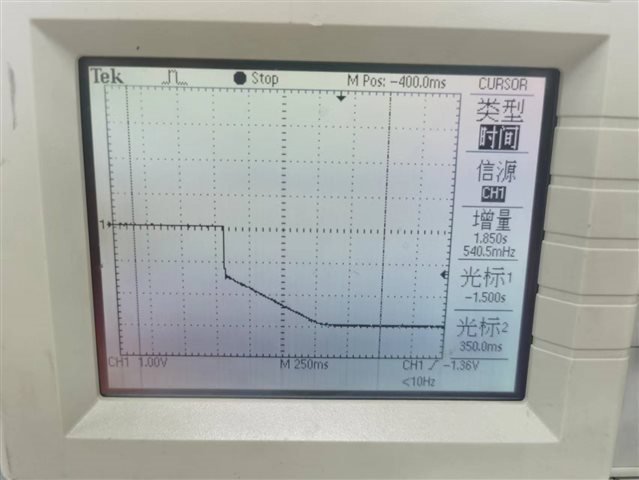
1. Now that dark current and bias current are inherent characteristics, how can I minimize the impact of dark current and bias current on my output, so that the output reaches 0V, and able to integrate the photocurrent response normally?
2. Slow charging after power-on, I can understand, what is the sharp drop of about 1.5V before charging ,Like in the picture ?
3. TI has a large technical document that mentions a circuit by using two IVC102, which is probably canceled out the dark current, but I didn't understand too much, what is the principle?won't it have an impact on the normal photocurrent?
Looking forward to your answers
Best wishes
